Includes Unrecorded State of Franklin Map
Nice example of Zimmerman's Tachenbuch der Reisen, which includes an unrecorded state of Zimmerman's map of the United States, which lists as State XX, the short lived attempt to create a State named for Benjamin Franklin.
Other interesting items in the book include:
- Early Plan of Washington, D.C.
- Portrait of Indian Chief Mico Chlucco (King of the Seminole Indians)
- An early view of the Mission in Monterey, California (from Vancouver)
- A full length portrait of two California Indians
- Several natural history prints
The "State of Franklin," shown here to the west of Virginia and the east of Kentucky, was a short lived breakaway political movement that brought together residents between North Carolina and eastern Tennessee, as noted below.
In the latter part of the 18th century, the settlers in western North Carolina and eastern Tennessee decided that because of poor representation in State Government, they needed to form a state of their own. A government was formed and initial organizational meetings conducted, but the breakaway state was quickly quelled by the North Carolina authorities, although not before the State of Franklinia began appearing on a number of English maps during the period. Ben Franklin himself responded that while he was honored by the decision to name a state after him, he was not able to relocate. In this instance, Franklinia is mislocated, placing it in what would become West Virginia.
Eberhard August Wilhelm von Zimmermann was a distinguished German philosopher, biologist, and geographer, celebrated for his pioneering contributions to the field of animal zoogeography. Born on August 17, 1743, in Uelzen, and passing away on July 4, 1815, in Braunschweig, Zimmermann's academic and exploratory endeavors significantly advanced the understanding of geographical distribution and natural sciences during the late 18th and early 19th centuries.
Zimmermann pursued his studies in natural philosophy and mathematics at several prestigious institutions, including the universities of Leiden, Halle, Berlin, and Göttingen. In 1766, he was appointed as a professor of mathematics and natural sciences at the Collegium Carolinum in Braunschweig, where he would go on to influence numerous students, most notably the eminent mathematician Carl Friedrich Gauss.
Zimmermann's academic career was marked by extensive travels across Europe, including visits to Livonia, Russia, Sweden, Denmark, England, France, Germany, Switzerland, and Italy. These journeys were not merely for exploration but were driven by his keen interest in researching economic conditions and natural resources. His observations and studies during these travels culminated in several influential publications.
One of Zimmermann's most significant works is Specimen Zoologiae Geographicae Quadrupedum (1777), which is regarded as one of the first comprehensive studies on the geographical distribution of mammals. This work laid the foundation for the emerging field of zoogeography and demonstrated Zimmermann's forward-thinking approach to understanding the natural world.
His major publication, Geographische Geschichte des Menschen und der allgemein verbreiteten vierfüßigen Thiere (Geographical History of Humans and the General Distribution of Quadrupeds), was released in three volumes between 1779 and 1783. This work illustrated the global distribution of quadrupeds and included the first zoological world map. The map drew on the latest geographical data of the time, such as James Cook's discovery of the Sandwich Islands (Hawaii).
Zimmermann was also a prolific writer on various subjects, ranging from mathematics and natural sciences to regional studies and the history of discovery. Among his numerous publications, the Taschenbuch der Reisen (Handbook of Travel), published in twelve annual editions from 1802 to 1813, stands out for its comprehensive coverage of geographical and cultural insights gathered from his travels.
In recognition of his contributions to science and his extensive research, Zimmermann was elected to the American Philosophical Society in Philadelphia in 1794. Throughout his career, he continued to publish influential works, such as Über die Elastizität des Wassers (1779), Frankreich und die Freistaaten von Nordamerika (part I, 1795; part II, 1800), and Die Erde und ihre Bewohner (The Earth and Its Inhabitants), a five-volume series published between 1810 and 1814.
Zimmermann's legacy as one of the founders of animal zoogeography and his significant contributions to the fields of geography, biology, and natural history remain influential. His work bridged the gap between medieval understanding and modern scientific approaches, setting the stage for future advancements in the study of the natural world.











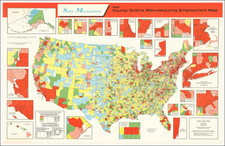
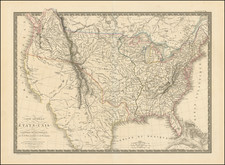
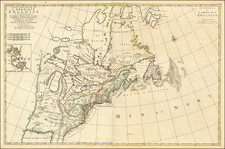
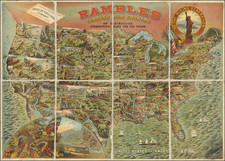
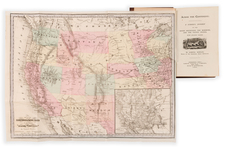
![[ American Revolution - Satirical Warning To Dutch Commerce ] Den Door List en Geweld Aangevallen Leeuw.](https://storage.googleapis.com/raremaps/img/small/99580.jpg)